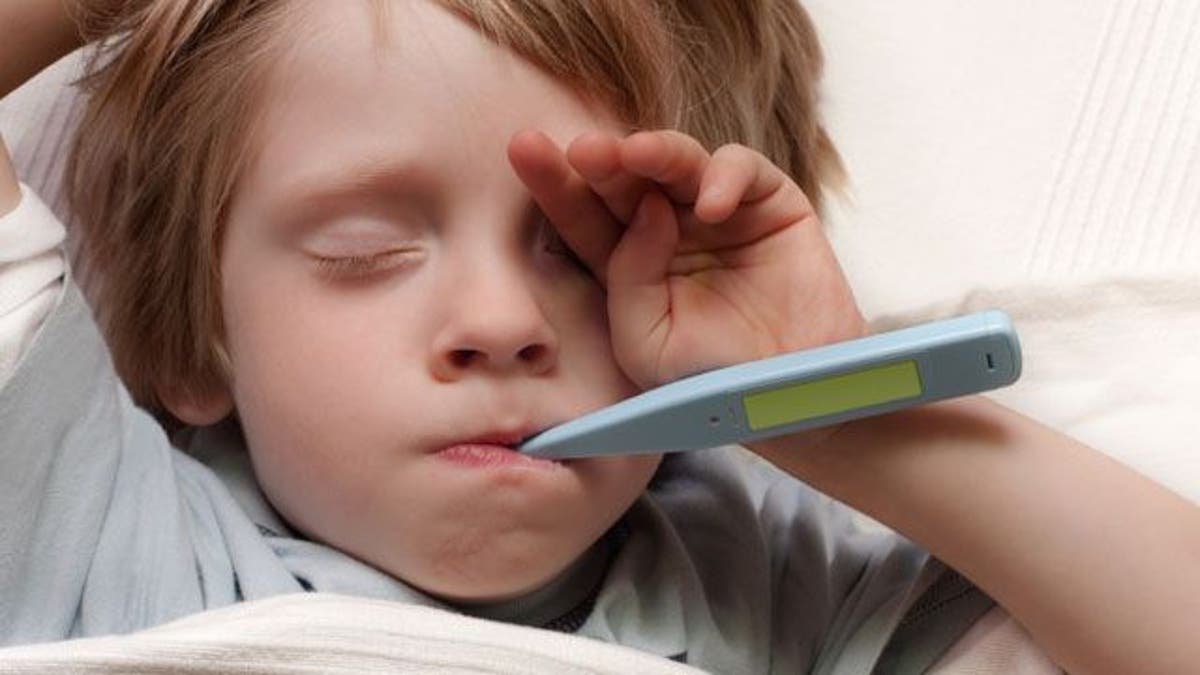
U.S. emergency departments are better prepared these days to care for young patients, a new study shows.
The average readiness score for emergency departments responding to a survey in 2013 was about 69 percent, compared to an average score of about 55 percent in 2003, researchers say.
“I’d say it’s a lot better,” said Dr. Marianne Gausche-Hill, the study’s lead author and chief of pediatric emergency medicine at Harbor-UCLA Medical Center in Torrance, California.
Readiness, she told Reuters Health, includes having the proper processes, staff and equipment in place to treat children. It also means being able to recognize when a child may need a higher level of care.
Several organizations have worked together to improve emergency care for children over the past several years, she told Reuters Health in a phone interview.
“It’s an exciting and extremely positive report about how if you work together as a coalition, you begin to see improvements overtime, but you have to keep at it, which is what we did,” she said.
The American Academy of Pediatrics and the American College of Emergency Physicians created the first guidelines for pediatric emergency care in 2001, and other organizations joined in the effort over the years. But in 2006, the U.S. Institutes of Medicine (IOM) said the country’s pediatric emergency care was still "uneven."
New guidelines were issued in 2009, and in 2013, a national committee sent a 55-question survey to the 5,017 U.S. emergency departments, to evaluate their readiness to care for children.
The responses, received from about 83 percent, showed that emergency departments' scores typically increased as the volume of pediatric patients rose, Gausche-Hill and her colleagues reported in JAMA Pediatrics.
The researchers also found that about 48 percent of hospitals had doctors designated as pediatric emergency care coordinators, compared to 18 percent in 2003. About 60 percent reported a nurse in that role, compared to 12 percent previously.
In 2006, the IOM recommended that hospitals have two pediatric emergency care coordinators, and at least one should be a physician. In the new study, 42 percent had a doctor and nurse designated as coordinators.
“We know we got everybody’s attention and we kind of have a floor of readiness,” Gausche-Hill said. “Now let’s move on to something that’s going to make a difference.”
She said many organizations are working on building awareness about emergency department readiness and improving education. Another goal is to provide accreditation for pediatric emergency care preparedness.
“All emergency departments want to be the best they can be,” Gausche-Hill said. “They’re moving toward that. I see what’s happening since we’ve done the assessment.”
For example, she said, some survey respondents are contacting them asking if they can update their data based on improvements at their emergency department.
“We’re seeing this happening all over the country,” Gausche-Hill said.
In an editorial, Dr. Evaline Alessandrini of the Cincinnati Children’s Hospital Medical Center in Ohio and Dr. Joseph Wright of Howard University College of Medicine in Washington, D.C., caution that the survey can’t say readiness means better outcomes for children.
“Performance measures are yardsticks by which all health care professionals and organizations can determine how successful they are in pediatric readiness, delivering recommended care and improving patient outcomes,” they write.
